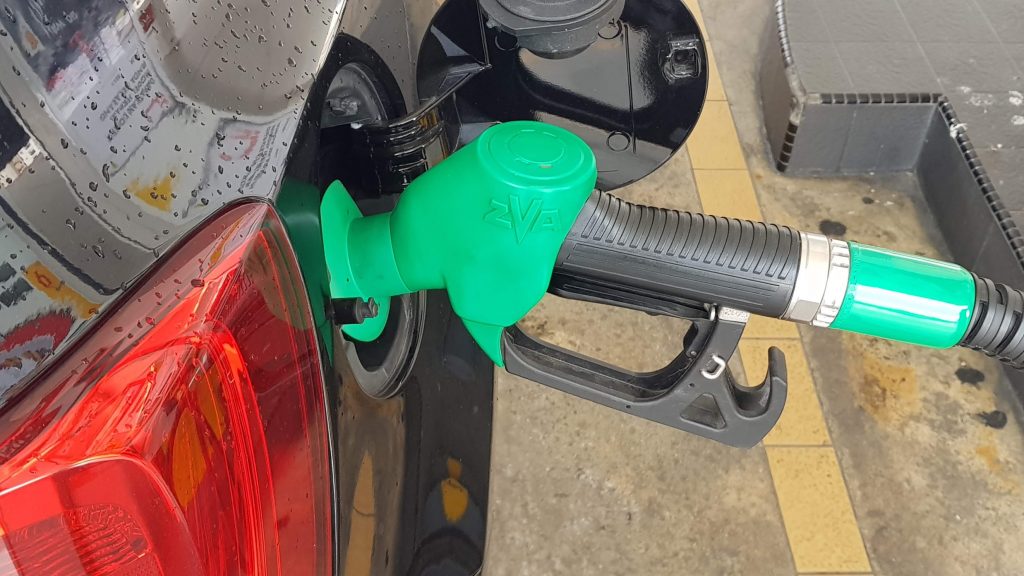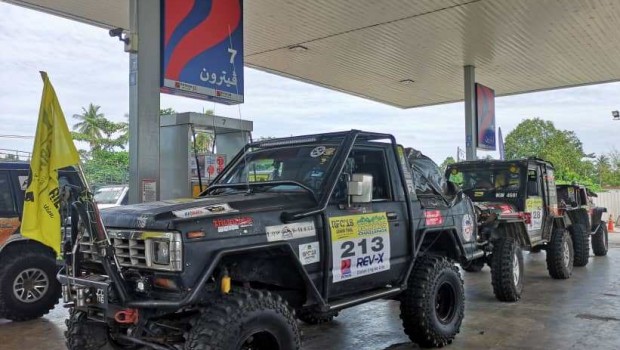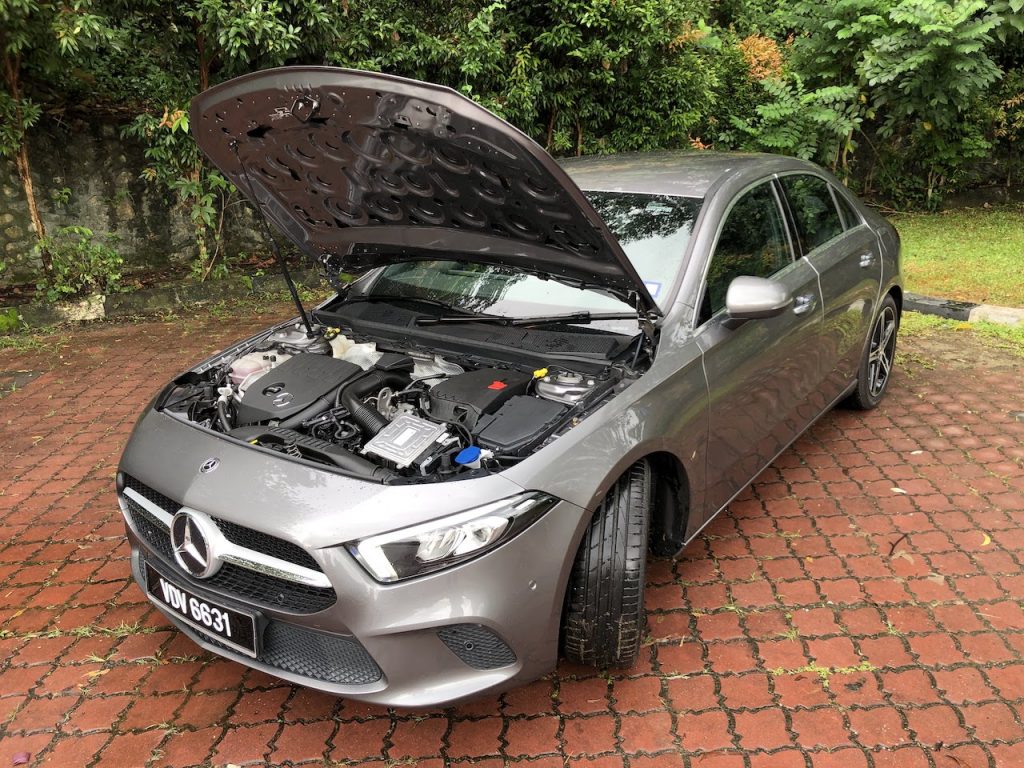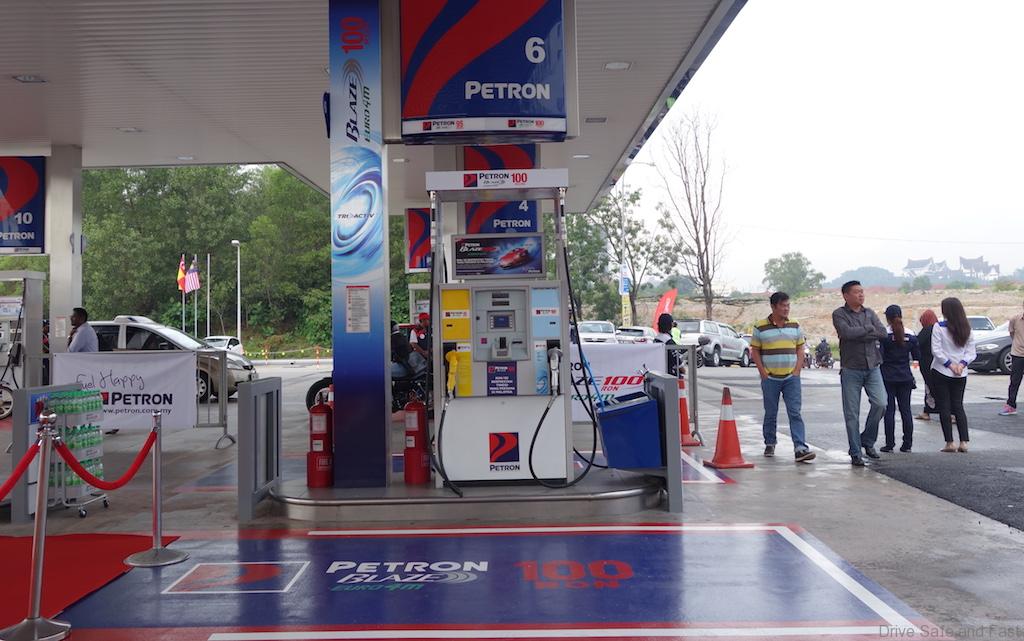The high RON fallacy: Is RON 100 fuel any good?

Is RON 100 worth the markup price over just regular RON 95?
RON 100 ultra premium fuel has been offered in Petron petrol stations for a while now. But the question that is on people’s minds till today when it is time to fill up is whether this extra RON is really worth the markup on the already expensive RON 97 offered. Or would just regular old RON 95 be enough?

It is common to hear the advertisements about these ultra premium fuels like the the Petron Blaze 100 that apparently offer a boost in power and cleans your engine amongst its other mystical properties, but is this magic liquid really worth the significant markup over the cheaper stuff a few pumps down from it?
Before answering that question, a quick chemistry lesson is necessary to establish the basics of RON and how it works within the context of the engine.
RON is the abbreviated term for Research Octane Number, which in a sense could equate to the quality of the fuel. In a nutshell, a higher RON will mean that the fuel is more stable during combustion process.
See there are four major processes in the operation of a petrol engine: suck, squeeze, bang and blow. Air and fuel is sucked in, the air-fuel mixture is then compressed by the piston, the compressed mixture is ignited, then lastly bang! The piston is forced down, generating power.

There are however occasions where the compressed air-fuel mixture combusts before it is ignited by the spark plug. Sometimes the act of compression alone is enough to ignite the air-fuel mixture. This ignition of the air-fuel mixture that happens before the pre-determined time is unsurprisingly known as pre-ignition, or in more lay-man terms: engine knocking.
Knocking is not something we want happening in the engine. Because when pre-ignition occurs, the explosion does not happen at the optimum time for the engine extract the most power out of it. Thus, the engine loses power, in addition to making the pinging noise you hear from some engines.
This is where the RON number comes in. As mentioned before, the higher the RON number, the the more stable the fuel is during combustion. Which means that the fuel has a smaller chance of combusting under compression alone. Hence the chances of pre-ignition or knocking is decreased and the air-fuel mixture will more likely combust only when desired, making more power.
Without sounding like an automotive engineer, the gist of it is that higher RON usually equates a better performing engine as knocking will be reduced, with the keyword here being ‘usually’.
The term ‘usually’ is needed here because only highly tuned engines and engines with forced injection (turbochargers and superchargers) will be the most likely beneficiaries of these ultra-high RON fuels, thanks to the fuel not auto-igniting under the high compression ratios of these engines.

Petron has claimed that their own company’s study has shown that the RON 100 fuels give a 6.3% improvement in power and nearly a 3% improvement in torque. A further study goes on to show that RON 100 fuels improve acceleration times by up to 4% and a top speed improvement of 2%.

Facts and figures aside though, in the real world these performance gains may not be as distinct as one hoped, especially taking into account the significant markup between the prices at the pumps.
Discounting those out there who have tuned their cars with race-chips or an ECU flash to specifically take full advantage of the better fuel quality. To the average Joe with his naturally aspirated Perodua Myvi, the RON 100 fuel won’t make a lick of difference to the performance on the road.
Despite the claims of a boost in power thanks to the better fuel, at the end of the day a few horses won’t change a Myvi into a McLaren. That will probably be the case even if you do intend to put full on race gas into the tank of your Myvi.

For more performance oriented cars with its more sophisticated engines though, the higher RON fuels might be more appealing.
Some will claim that putting higher RON fuel into their cars gives it more pep. And that their cars now have more get-up-and-go with these premium fuels, but the general consensus is that for daily driving, these minuscule increases in power and torque figures are only noticeable if one is deliberately looking for it.
Just to make it absolutely clear to some the misguided few, running a cheapo engine on premium fuel will NOT damage your engine. The only thing that will suffer damage through this process is your wallet, by wasting good fuel on an engine that won’t appreciate it.
The inverse is true however, if you run lower quality fuel than what is recommended by manufacturers, then it will have adverse effects on performance and engine longevity. Happily though, thanks to modern electronics like integrated knock sensors that are on modern cars, most cars on the road today will happily take the lowest grade of fuel available here, which is RON 95.

Although this story here only focuses on RON 100, the same could be said for Shell’s even more expensive V-Power Racing fuel. And the same rationale can be extended the RON 97 fuels offered at nearly every other petrol retailer.
Think of it pumping these premium petrols as having an incredibly fancy meal. Some might appreciate it more than others, and you might feel better, but at the end of the day it won’t have any lasting effects.





